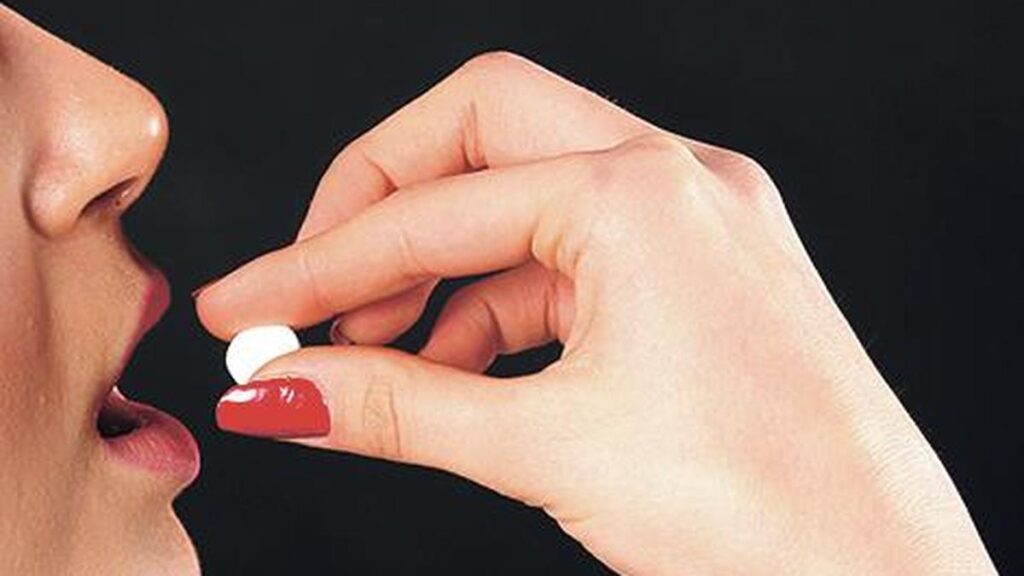In India, extreme heat and recurring heatwaves from March to June pose serious challenges to skin health, leading to conditions like sunburn, rashes, and eczema. During these peak summer months, protecting the skin becomes essential through measures like staying hydrated, applying sunscreen, wearing protective clothing, and minimising sun exposure.
In the quest for sun protection, many turn to oral sunscreens — often marketed as sunblock solutions. However, leading dermatologists emphasise that these supplements, available as gummies, powders, or drinks, do not function like topical sunscreens. Unlike creams that physically or chemically block UV rays, oral sun protective supplements offer indirect support and are often misrepresented. Experts stress the importance of understanding how these products truly work and seeking professional advice before incorporating them into your skincare routine.

What are oral sunscreens ?
According to dermatologists, the term “oral sunscreen” can be misleading. Unlike topical sunscreens that absorb or reflect harmful ultraviolet (UV) rays on the skin’s surface, oral sunscreens do not provide any physical UV blockade. They function instead as antioxidants that reduce the oxidative stress and inflammation caused by UV radiation.
“Basically, these supplements know as oral sunscreens are adjuvant therapies,” says Katheeja Nasika, consultant, department of dermatology, Rela Hospital, Chennai. “They are never a standalone and they can never be a substitute for the chemical sunscreens that we are using.”
According to Dr. Nasika, these products fall into the category of nutraceuticals — nutritional supplements with skin-protective benefits. They help in reducing UV-induced DNA damage and pigmentary changes, through their antioxidant properties. They also support skin health by scavenging reactive oxygen species (ROS), or free radicals, and may aid in reducing photoaging and pigmentation.
What is inside sun protection pills?
Oral sunscreen supplements often contain a variety of antioxidant-rich ingredients aimed at protecting the skin from UV damage. Common components include Polypodium leucotomos, a fern extract with antioxidant properties; carotenoids like lycopene, beta-carotene, and astaxanthin — among which astaxanthin is considered more powerful than vitamin C; and vitamins C and E, which are well-known for their ability to reduce UV-induced damage. Vitamin B3 (nicotinamide) is also included for its role in aiding DNA repair, along with Pycnogenol, a pine bark extract high in bioflavonoids and phenolic acids.
However, the effectiveness of these ingredients depends not just on their presence, but on being consumed in adequate, therapeutic doses. As Dr. Nasika points out, simply labelling a product an “oral sunscreen” does not ensure photo-protective benefits unless it contains proven antioxidants in proper amounts — such as 100–1000 mg of vitamin C, at least 100 IU of vitamin E, 13 mg of beta-carotene (roughly 150 grams of carrot), and 10–30 mg of lycopene, commonly found in tomatoes and watermelon. Many of these nutrients can also be obtained through a well-balanced diet rich in fruits, vegetables, nuts, seeds, and teas.

Why topical sunscreen remains non-negotiable
Vaaruni Ravishankar, consultant, dermatology, MGM Healthcare, reiterates that oral sunscreens are not a replacement for topical sunscreen.
Dr. Ravishankar prescribes oral sunscreens in specific scenarios: for patients anticipating prolonged sun exposure — such as during beach vacations, mountain treks, or wedding shoots — and for those seeking cosmetic benefits like reduced redness and pigmentation. But she cautions against casual use without professional supervision, “These pills should always be taken under the supervision or prescription of a board-certified dermatologist,” she emphasises. “Never as an over-the-counter solution just because it’s trending on social media.”
She also notes that while most ingredients are safe in prescribed doses, allergic reactions are possible, making it vital to consult a physician before use.
K. R. Sharmatha, senior consultant, Dermatology, SIMS Hospital, Chennai, advises against using the term edible sunscreen altogether. “Use the word ‘oral sunscreen,’ not ‘edible,’” she insists. “Edible gives a misleading impression because sunscreens are meant for external application, whereas these are supplements taken orally for sun-related oxidative stress.”

Another significant concern is how oral sunscreens are marketed for skin lightening or “brightening,” exploiting deeply ingrained cultural norms and social constructs under the guise of sun protection. Many of these products are sold with little transparency around their actual composition, purpose, or required dosage. “Just saying it’s a sunscreen and showing brightening results creates a dangerous narrative,” Dr. Nasika says, “Anyone claiming a supplement is an oral photo protective agent should be backing that with science.”
Eat healthy
“Many of the antioxidants found in these supplements such as those present in berries, citrus fruits, leafy greens, nuts, carrots, and tomatoes — can also be sourced naturally through a balanced diet. The growing hype around “edible sunscreens” should be approached with skepticism”, Dr. Nasika says.
Dr. Sharmatha adds that she consistently emphasise to her patients that the most effective protection against sun damage is a broad-spectrum topical sunscreen, applied generously and reapplied regularly. “If you’re considering adding an oral supplement for sun protection, it’s important to consult a dermatologist rather than relying on marketing claims”, she says.
Published – May 22, 2025 01:15 pm IST

